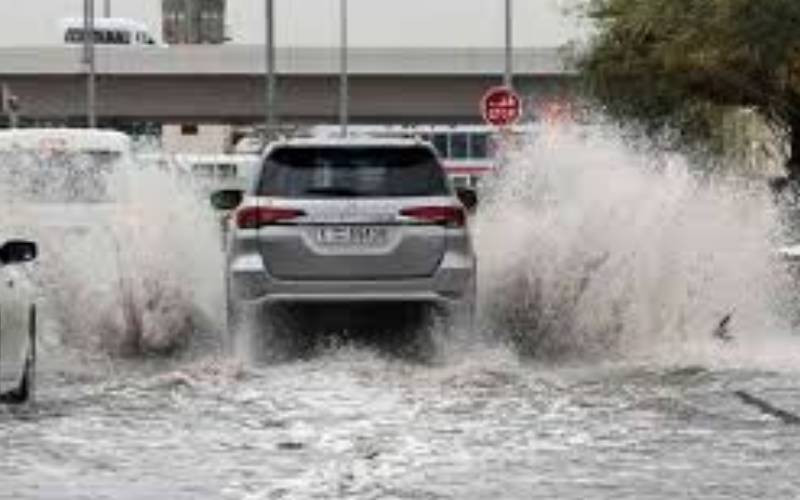by Morris Aron
Consumers will continue paying more for electricity in coming months if the ongoing rains do not provide sufficient water to fill up the country’s main hydropower dams.
On Tuesday, Kenya Power and Lighting Company (KPLC) attributed the hike in fuel cost charges on customer bills in October to use of thermal generators.
While KPLC is meeting power demand, the supply is mainly from thermal power generators, currently feeding more than 60 per cent of electricity to the national grid.
"Heavy reliance on thermal generators has increased fuel cost charges in customers’ bills. We urge them to exercise energy conservation measures to keep their bills at affordable levels," said KPLC Managing Director Joseph Njoroge.
He made the remarks during the commissioning of Westlands and Ngong Road substations in Nairobi.
El-nino rains
If El-Nino rains, now expected next month, are sufficient to fill the dams, KPLC says it will replace thermal power with hydro-generated electricity.
"In the meantime, we are better off with a slightly more expensive thermal-based electricity than no supply at all," Eng Njoroge told The Standard.
Before drought hit the country, electricity supply was composed of 30 per cent thermal, 60 per cent (hydro) and geothermal (10 per cent).
"At the moment, thermal generation has gone up to almost 70 per cent, while the rest is hydro and green energy," said Njoroge.
It is expected that dams at the Seven Forks hydro power plant will get sufficient water from the current rains, to enable resumption of power generation from those facilities.
Water levels at Masinga dam, the main reservoir on Tana River is still operating at minimum capacity, with only18 metres of water still to go.
KPLC also says that the frequent disturbances in supply, noticed in recent months by consumers, are as a result of a fragile system, now configured to run on the not so resilient thermal generators.
On Tuesday, KPLC commissioned a new sub-station in Westlands and another on Ngong road.
Stay informed. Subscribe to our newsletter
Growing economy
The two facilities have been financed by the Nordic Development Fund in a Sh988 million project, which also included the refurbishment and upgrade of Karen and Nairobi South substations.
In 2007, Kenya began the process of upgrading and refurbishing its power distribution system, under a $153 million Energy Sector Recovery Programme to meet demands of a fast growing economy.
The two sub-stations, constructed under this programme, are expected to meet growing power demand in the fast growing residential areas of Westlands and Ngong areas in Nairobi. Other substations are planned for Lavington, Langata, Kiambu road, Komarock, Ruai in Nairobi, as well as Mt. Kenya region.
 The Standard Group Plc is a
multi-media organization with investments in media platforms spanning newspaper
print operations, television, radio broadcasting, digital and online services. The
Standard Group is recognized as a leading multi-media house in Kenya with a key
influence in matters of national and international interest.
The Standard Group Plc is a
multi-media organization with investments in media platforms spanning newspaper
print operations, television, radio broadcasting, digital and online services. The
Standard Group is recognized as a leading multi-media house in Kenya with a key
influence in matters of national and international interest.
 The Standard Group Plc is a
multi-media organization with investments in media platforms spanning newspaper
print operations, television, radio broadcasting, digital and online services. The
Standard Group is recognized as a leading multi-media house in Kenya with a key
influence in matters of national and international interest.
The Standard Group Plc is a
multi-media organization with investments in media platforms spanning newspaper
print operations, television, radio broadcasting, digital and online services. The
Standard Group is recognized as a leading multi-media house in Kenya with a key
influence in matters of national and international interest.






